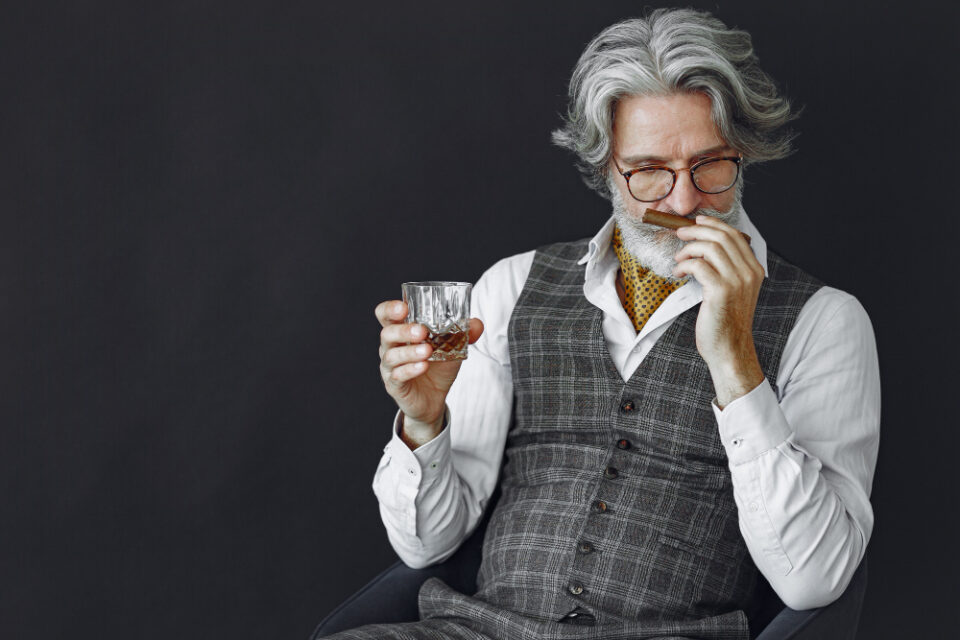The best things in life take time. Whether it’s a Grand Cru collecting dust in a French cellar, whisky aging in an oak barrel off the salty shores of a Scottish island, or that beef brisket slowly smoking on the grill outside.
This same calm, methodical approach also benefits cigars. If you’re new to the world of cigar connoisseurship and want to level up your collection, consider aging premium cigars for enhanced flavor and smoke-ability.
But before you throw a cigar in your cupboard and forget about it, a word of caution: Like all the fine things mentioned above, a cigar needs precise conditions to flourish over time. Moreover, not all cigars benefit from a long stint in the humidor. To help you get it right, this article offers a beginner’s guide to aging your cigars, answering popular questions and exploring best practices.
What Cigars Benefit Best from Aging?
In general, robustly flavored cigars benefit from aging, as time allows the bold flavours to mellow, temper, and reveal new nuances. If you aren’t sure about a cigar’s flavour, use the reliable rule of thumb that a darker cigar is stronger (called maduro or oscuro in cigar speak), while a lighter wrapper (a claro) indicates softer, more herbaceous smokes.
Moreover, some premium cigar producers age their products before retail – for anywhere between a month and a year. You can consider this fact as you calculate an ideal aging period.
What Does Aging Do to a Cigar
As mentioned, aging a cigar refines and balances the existing flavors, creating a more harmonious and well-rounded smoking experience. On the scientific level, these changes are thanks to various chemical processes: fermentation, oxidation, the Maillard reaction (yes, the same reaction that makes seared steaks taste good), and the controlled evaporation of unwanted volatile compounds.
In concert, these chemical processes produce a cigar with diminished “unwanted” flavours and pronounced desirable characteristics.
How to Age Cigars Properly for Rounded, Nuanced Flavors
Cigars come in various shapes, sizes, colors, flavor profiles and quality levels. Therefore, giving a blanket time period for aging is challenging. Some cigars peak after a year, while others continue to reveal nuances for several, several years. The closest thing you can get to a consensus is Cigar Afficionado’s claim that “Many consider five to ten years to be optimal.”
But here’s the catch: That’s a long time to wait. And during that long period, you must ensure the cigar’s storage is optimized for RH (relative humidity). Fluctuations in RH can sap a cigar of its moisture (and, therefore, flavour), leaving you with a dried and compromised smoke. Alternatively, you might wonder, “can cigars get moldy if the RH is too high?”, and the answer is “Yes,” especially when you leave them for years in unideal conditions. You need to control the RH to ensure a consistent, quality outcome.
The best way to control humidity is with a twofold approach. First, invest in a good humidor – something tightly sealed, ideally lined with Spanish cedar to absorb excess moisture. Next, lay your cigars for aging alongside a Boveda 2-way humidity control pack. This little powerhouse pack dials in the ideal humidity in the humidor (65% RH for aging) and keeps it there. Every so often, replace the pack and check your humidor for a tight seal.
Hopefully, this 101 guide helps you age your fine cigars the right way. It may take time, but that’s how you know it will be good.

